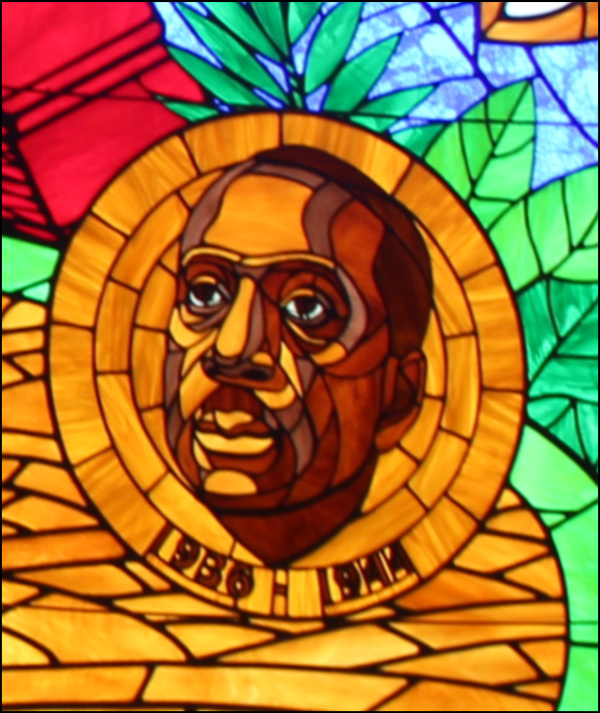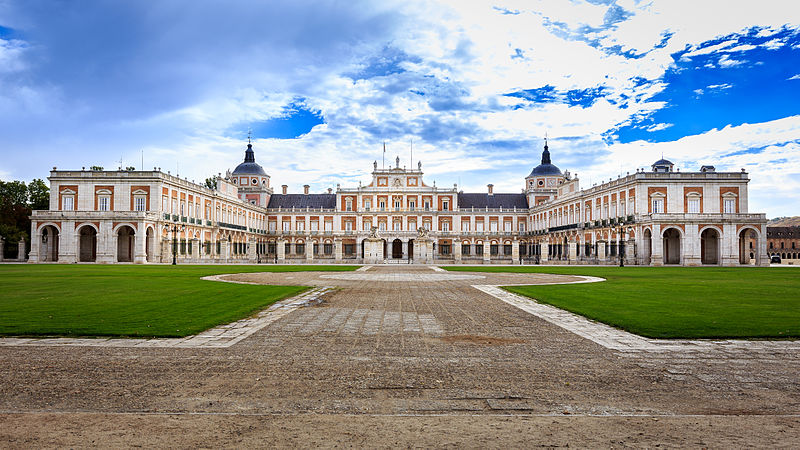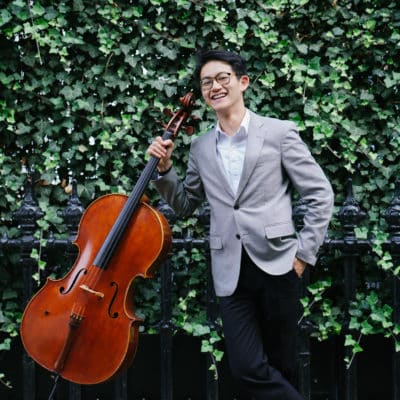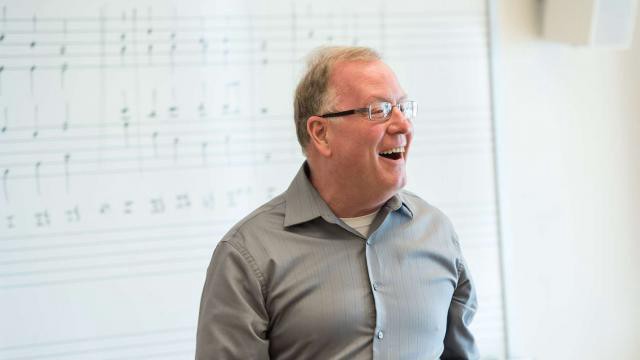
Carlos Simon (b. 1986)
Breathe (2021)
Anyone who has practiced meditation knows the centrality of the breath. Many traditions teach basic breath practices—focusing on nostrils or diaphragm or belly, counting breaths, etc. Breath is central to our very existence as living beings; we all breathe in one way or another, whether we are people, penguins, or petunias.
Breathing played a central role in Howard Thurman’s teaching. He may have left us nearly a half-century ago but he remains very much a living force via his writings and his invaluable contributions to the civil rights movement. Part philosopher, part mystic, part theologian, he had that rare gift of presenting wise counsel in clear, poetic statements.

Thurman’s clear, wise counsel came to composer Carlos Simon via Meditations of the Heart, a treasure chest of compassionate contemplations about, well, just about everything having to do with being human. Consider Thurman’s ‘island of peace’ where “one brings for review the purposes and dreams to which one’s life is tied. There is the place where there is no pretense, no dishonesty, no adulteration.”
Later in the same volume we find “Still Dews of Quietness,” which Thurman describes as “a feeling tone of peace, of tranquility, that settles down over one’s spirit. It is the thing that can happen only when one somehow manages to ‘stay put’ for a spell.”
Simon’s Breathe embraces that thing that can happen. It’s a meditation in music, a reflection on the act of breathing. It isn’t music of activity or of overt purpose; instead, it’s an invitation to enter that island of peace, that place where there is no pretense, no dishonesty, no adulteration.

Joaquín Rodrigo (1901 – 1999)
Concierto de Aranjuez (1939)
Given that he composed a guitar concerto that is not only the instrument’s most popular, but is also one of the most beloved works of the 20th century, one might assume that Joaquín Rodrigo was a guitarist (he wasn’t) and that he wrote primarily in a Spanish-tinged Romantic idiom (he didn’t.) He was a pianist—he didn’t even play the guitar—and his style was as influenced by Stravinsky’s elegant Neoclassicism as it was by Spanish folk music. A look through his catalog shows that he focused on vocal, piano, orchestral, and guitar music, with a smattering of works for harmonium, harp, bandoneon (cousin to the accordion), and harpsichord.
Rodrigo found the inspiration for his 1939 Concierto de Aranjuez in the Palacio Real de Aranjuez, a palace with pleasure gardens built and renovated by several Spanish monarchs from the 16th through 18th centuries. Rodrigo was acutely aware of the need to tread carefully; in 1939 the Spanish Civil War had severely impacted the social and political climate and artists were expected to write works that in one way or another supported Franco’s regime. By positing the Concierto as a celebration of a beloved Spanish landmark, Rodrigo deftly avoided causing offense. Nota bene: the idea that Rodrigo wrote the Concierto de Aranjuez as a reaction to the 1937 bombing of Guernica is a Parson Weems tale, however intriguing such a story might be.
Wolfgang Amadeus Mozart (1756–1791)
Symphony No. 41 in C Major, K. 551 “Jupiter” (1788)
Much of our first-hand documentation regarding Wolfgang Mozart’s life and times comes from his extraordinary correspondence with friends, colleagues, and above all his father Leopold. Alas, the letters slowed after Leopold died in 1787, then during the summer of 1788 they almost stopped altogether. That’s just when Mozart was composing a triptych of symphonies—39, 40, and 41—that would prove to be his last. So we don’t know very much about their gestation, except that Wolfgang wrote all three within a span of two months, a compositional speed record if ever there were. Nor do we know why Mozart wrote the symphonies, although he might have planning a brief tour that didn’t pan out. And contrary to those sad little stories that he went to his grave without having heard them performed, the odds are good-to-excellent that he heard at least two, if not all three of them, well before December 1791 rolled around.
The “Jupiter” provides a prime example of what is sometimes called the “Festive C Major Symphony,” all ablaze with fanfares, trumpets, and drums. But it covers a wide range of moods and emotions. In the glittering opening movement Mozart even tosses in a cute little bunny-rabbit tune that he had written as an ‘insertion aria’ for Pasquale Anfossi’s recent comic opera Le gelosie fortunate.
The suavely elegant second movement offers rounded melodic contours and courtly pauses before giving way to a dramatic middle section, after which the elegant punctilio resumes. Even if the third movement is superficially an orthodox Minuet and Trio, it has a tomboy edge to it, athletic, spunky, bordering on rowdy. Only during its Trio does it take on the demure composure of your basic Classical minuet.
And then, the finale. Mozart’s study of Baroque counterpoint came to fruition in a dazzling tour de force that threads a bouquet of follow-the-leader imitative passages into its overall tapestry. Mozart withholds his biggest surprise for the very end: he lines up all of the movement’s melodies and, as it were with a flick of a finger, sets them charging along a steeplechase to a riotously thrilling close, one of the most celebrated endings in all symphonic music.
Program Annotator Scott Foglesong is the Chair of Musicianship and Music Theory at the San Francisco Conservatory of Music, and a Contributing Writer and Lecturer for the San Francisco Symphony. He also leads the California Symphony’s ground-breaking music education course for adults Fresh Look: The Symphony Exposed.
The 24-25 CROWNING ACHIEVEMENTS Season continues with MOZART SERENITY, on Saturday, February 1 at 7:30 p.m. and Sunday, February 2 at 4 p.m. at the Lesher Center for the Arts in Walnut Creek. Single tickets start at $50 and at $25 for students 25 and under, and include a free 30-minute pre-concert talk starting one hour before the performance. Buy tickets online or call or visit the Lesher Center Ticket Office at 925.943.7469, Wed – Sun, 12:00 noon to 6:00 p.m.


